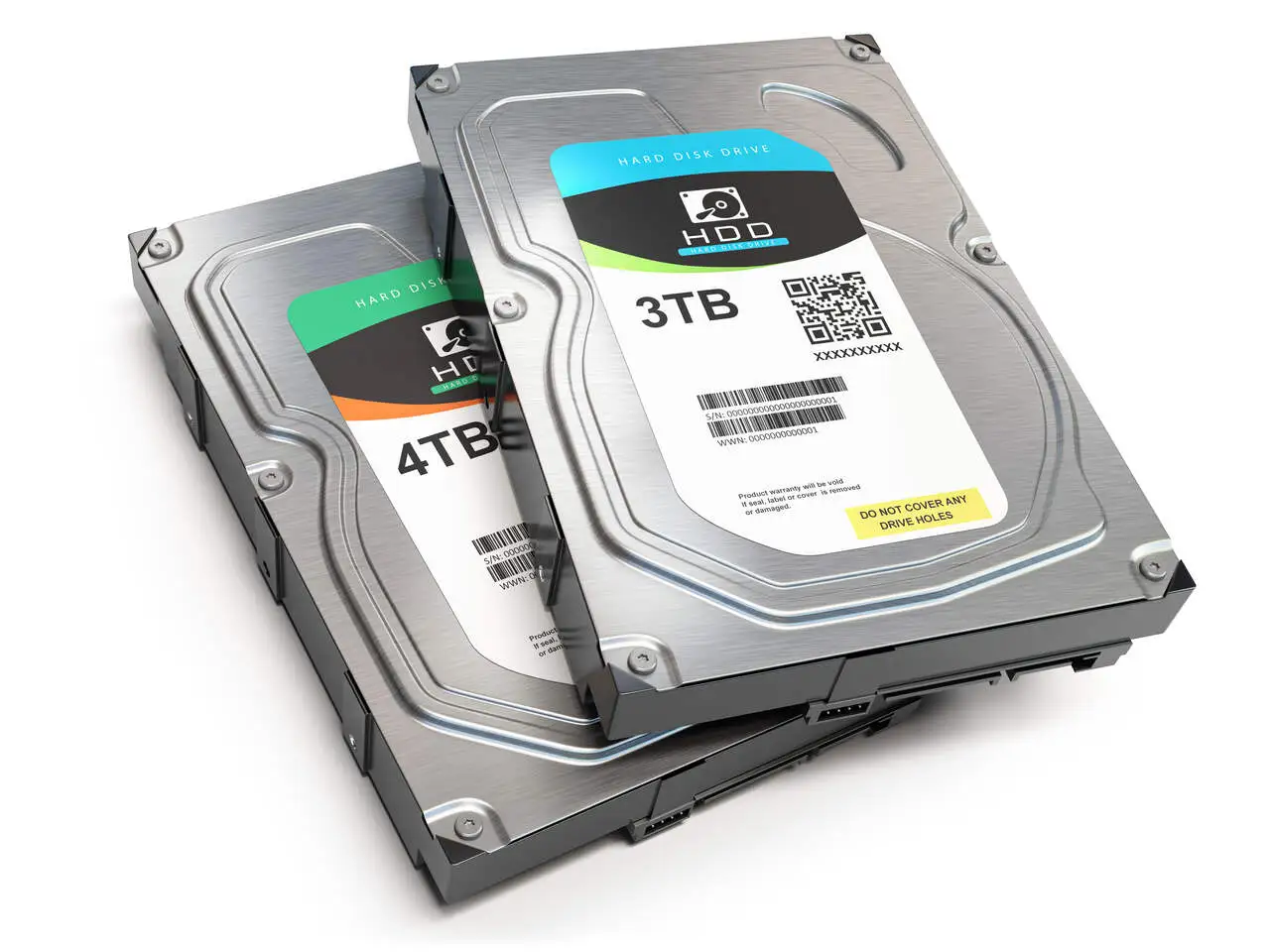In a world where the amount of data generated and stored is growing exponentially, security and efficiency in storing this data are crucial. In view of this, it is important to understand how the RAID system works, as this technology has been the backbone of data storage systems for decades.
RAID combines multiple physical hard disks into a single logical drive, providing data redundancy, improving performance and increasing storage capacity.
This introduction highlights the importance of RAID in modern technology, offering a glimpse of how it can transform data management.
RAID fundamentals
RAID is based on the idea that combining multiple disks in a configuration can offer better performance, greater storage capacity and/or greater security through data redundancy. There are several types of RAID, each designed to meet different needs and objectives.
For example, RAID 0 seeks to improve performance by distributing data evenly across disks (striping), while RAID 1 focuses on data security by creating identical copies (mirroring) on two disks. Understanding these basic concepts is essential for anyone wishing to implement an effective RAID system.
Types of RAID
- RAID 0 (Striping): Ideal for those looking for performance, this configuration distributes data equally between two or more disks, increasing read and write speeds. However, it does not offer data redundancy.
- RAID 1 (Mirroring): Provides an exact copy of data on two disks, guaranteeing maximum security. If one disk fails, the other continues to work, with no data loss.
- RAID 5 (Striping with Parity): Requires at least three disks and distributes data along with parity information, which can be used to reconstruct data in the event of a disk failure.
- RAID 6 (Striping with Double Parity): Similar to RAID 5, but with an additional level of parity, allowing up to two disks to fail without data loss.
- RAID 10 (Combination of Mirroring and Striping): Offers the advantages of RAID 0 and RAID 1, combining the security of mirroring with the increased performance of striping.
How RAID Improves Performance and Security
RAID can mean improving the performance of a storage system. For example, by distributing data across several disks (striping), RAID allows multiple read and write operations to take place simultaneously, speeding up data processing. In addition, data redundancy in configurations such as RAID 1, 5, and 6 ensures that even if one or more disks fail, the data can be recovered, protecting against critical data loss.
RAID Implementation
A RAID system can be implemented using hardware (dedicated RAID controllers) or software (using the operating system). Each approach has its advantages: hardware RAID generally offers better performance and additional features, while software RAID is more flexible and cost-effective. The choice between hardware and software RAID will depend on the user’s specific performance, security and budget needs.
Advantages of using RAID
The use of RAID brings several advantages, including increased performance, greater storage capacity and enhanced data protection. For example, companies dealing with large volumes of data transactions can benefit significantly from the speed and efficiency offered by RAID.
In addition, data redundancy provides an additional layer of security, essential for maintaining the integrity of critical data.
Disadvantages and limitations of RAID
Although RAID offers many benefits, there are also disadvantages to consider. Cost can be a barrier, especially for more complex RAID configurations that require specialized hardware.
In addition, managing RAID systems can be more complex than simple storage systems, requiring more in-depth technical knowledge.
RAID Data Recovery
Data recovery in RAID systems can be challenging, especially in configurations with parity or complex combinations of striping and mirroring. In the event of a failure, it is crucial to have a data recovery plan and, if possible, specialized technical support to ensure effective data recovery.
Digital Recovery develops specific solutions to Recover RAID at any level, with specializations in disaster recovery.
Choosing the Right RAID Type
Choosing the right type of RAID depends on a careful analysis of storage, performance and security needs. Companies may prefer configurations that offer enhanced redundancy and performance, while individual users may opt for simpler, more economical solutions.
Although RAID is a powerful tool, it does not replace the need for regular backups and other data security measures, such as distributed file systems. Combining RAID with these technologies can offer a robust and secure data storage solution.
As new technologies such as SSDs become more prevalent, RAID continues to evolve. The integration of RAID with SSDs promises to offer even higher read/write speeds and reduced response times, opening up new possibilities for data storage.
RAID is a fundamental technology in the world of data storage, offering versatile solutions to improve performance, increase storage capacity and protect data. Understanding how a RAID system works and choosing the right configuration can make a big difference to data management, whether for personal use or in an organization. As technology evolves, RAID continues to adapt, promising exciting new possibilities for the future of data storage. Translated with www.DeepL.com/Translator (free version)



